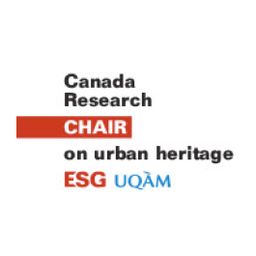Minority Immigrant Narratives: Diverse Identities in Saskatchewan Church Building
My Session Status
One of the most common avenues to approaching the study of religious architecture is to divide it according to denomination. Through the connecting tissues of shared religious doctrine, otherwise distant structures can be drawn together to become part of a larger fabric. In the search for commonalities though, differences sometimes can be overlooked. During the pioneer period of the early 20th century, Saskatchewan was inundated with multiple waves of immigration. Minority immigrant narratives are present in many of the churches constructed during this period, but these voices are harder to place into larger denominational narratives and are sometimes left as an aside. In light of Canada’s 150th anniversary, it is important to focus on these narratives, as they embody the diversity that has shaped Canada's built heritage and thus Canadian culture(s).
An analysis of peoples who had left their former homes to make a new start, but who held part of their old lives/societies within them, has much to offer. When these peoples constructed churches, buildings that are dedicated to a higher power, they embedded their hopes for their new lives in Canada in the structures. Often, these hopes were not entirely in line with the Anglo-normative bent of the government and other institutions of power. Instead, they offered alternative perspectives. Churches such as Bekevar Presbyterian (1911) and Kaposvar Roman Catholic (1906-7), altered the language of church architecture in minor ways to reflect their own aspirations, which brought alternative voices into Canada's built landscape. These alternative perspectives became the seeds of the nation’s multiculturalism, the Canada of many identities. In order to understand the Canada of today, it is important to understand its roots, namely, the complex fabric that was created by incorporating the voices of many into the dream of what a nation could become.
